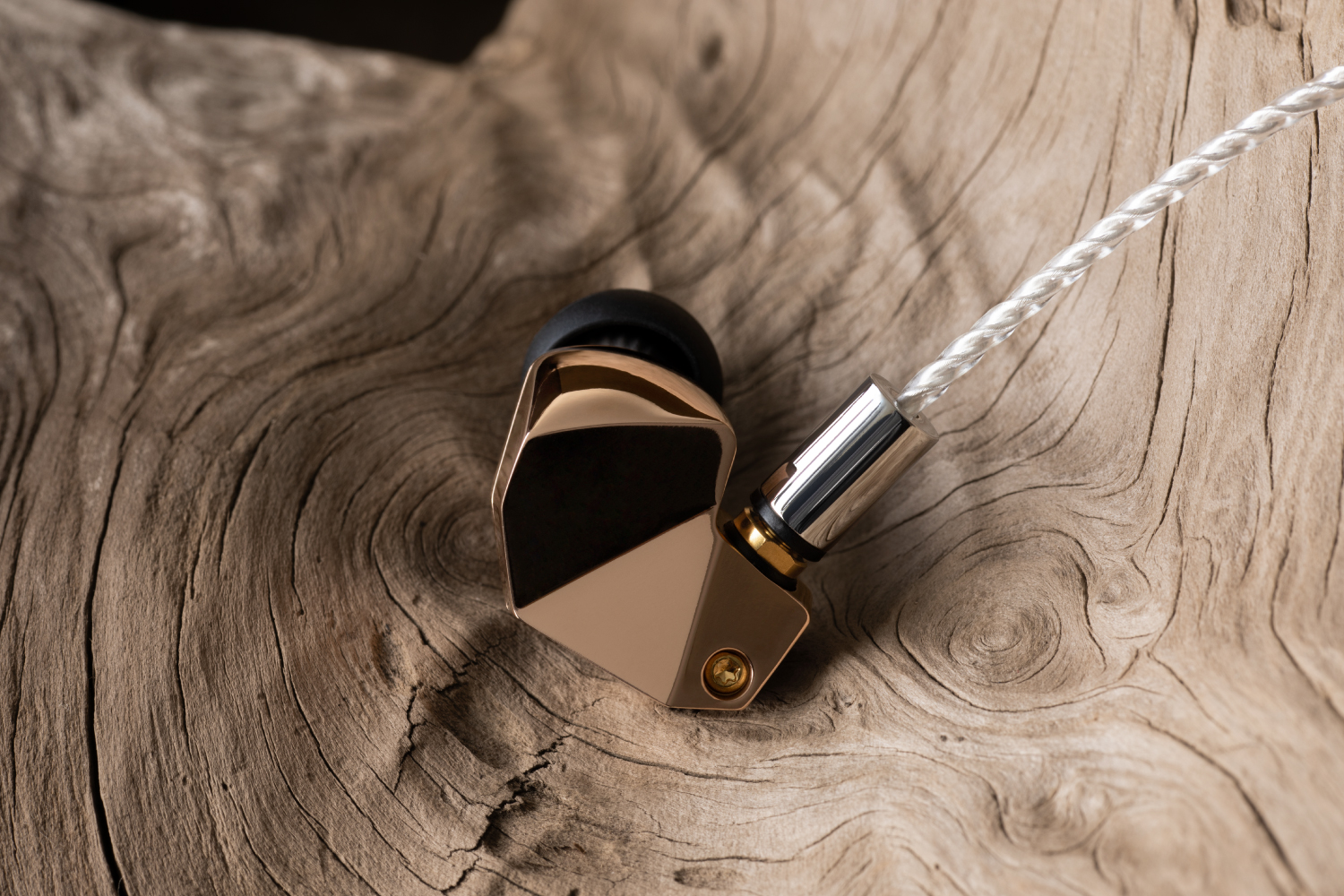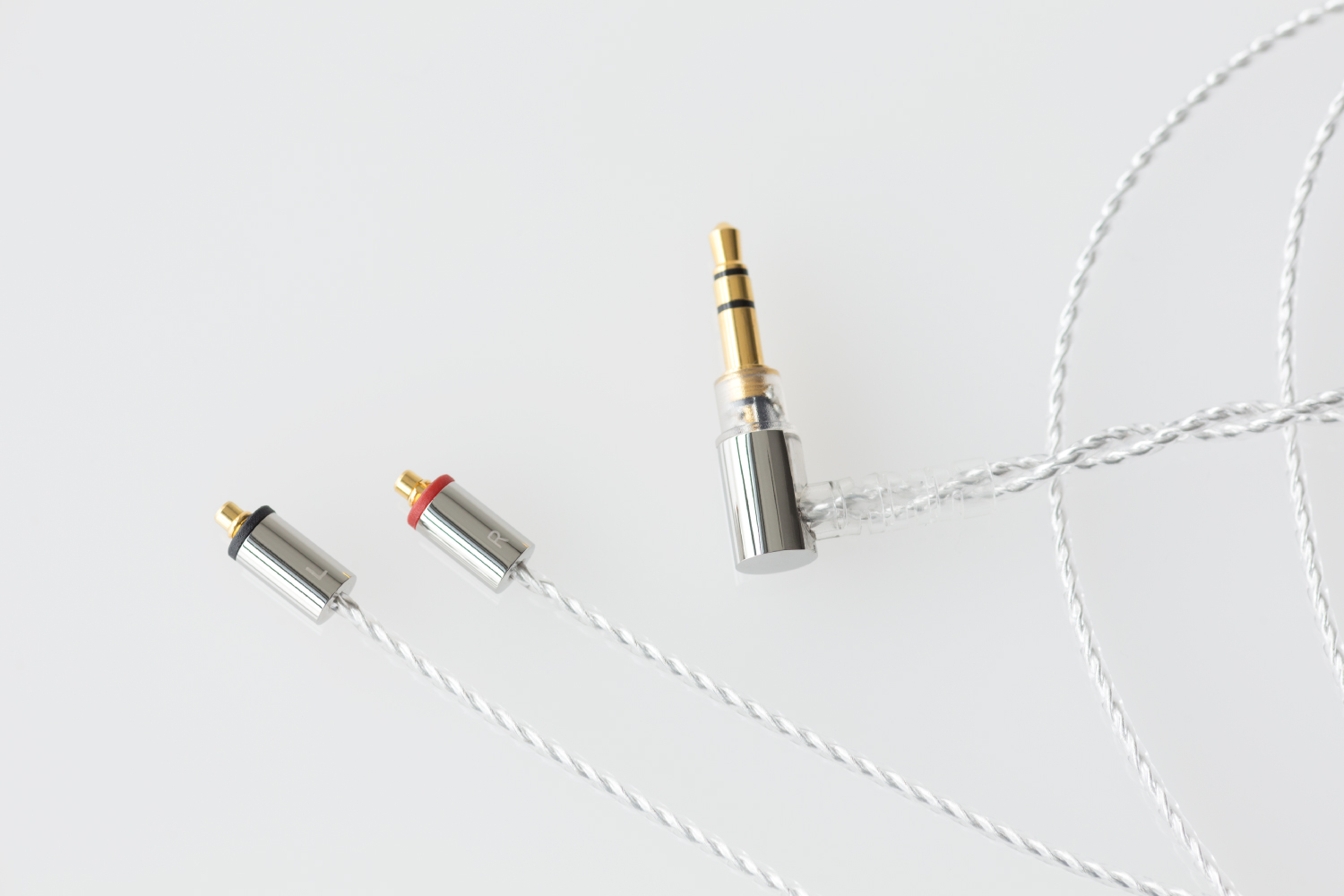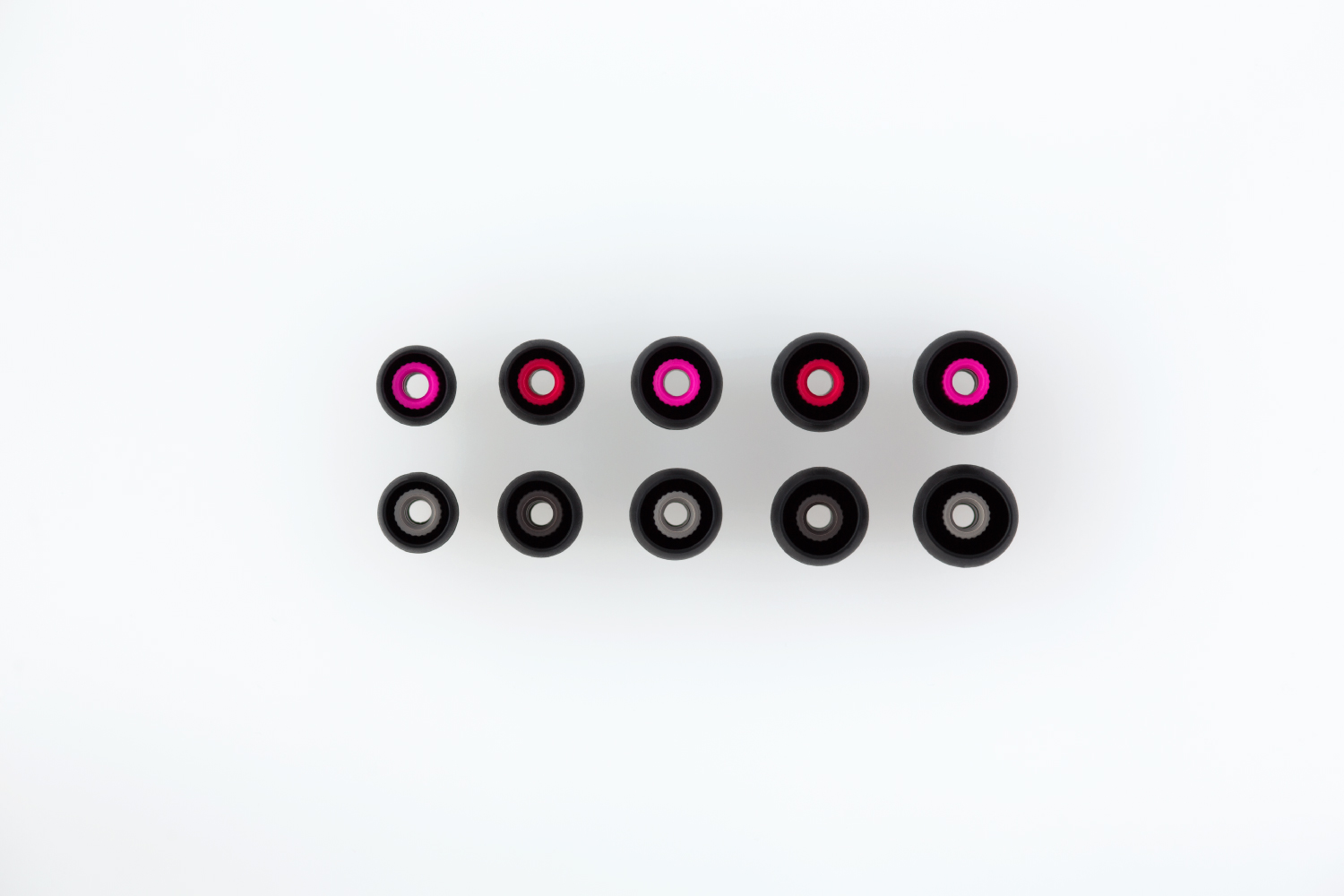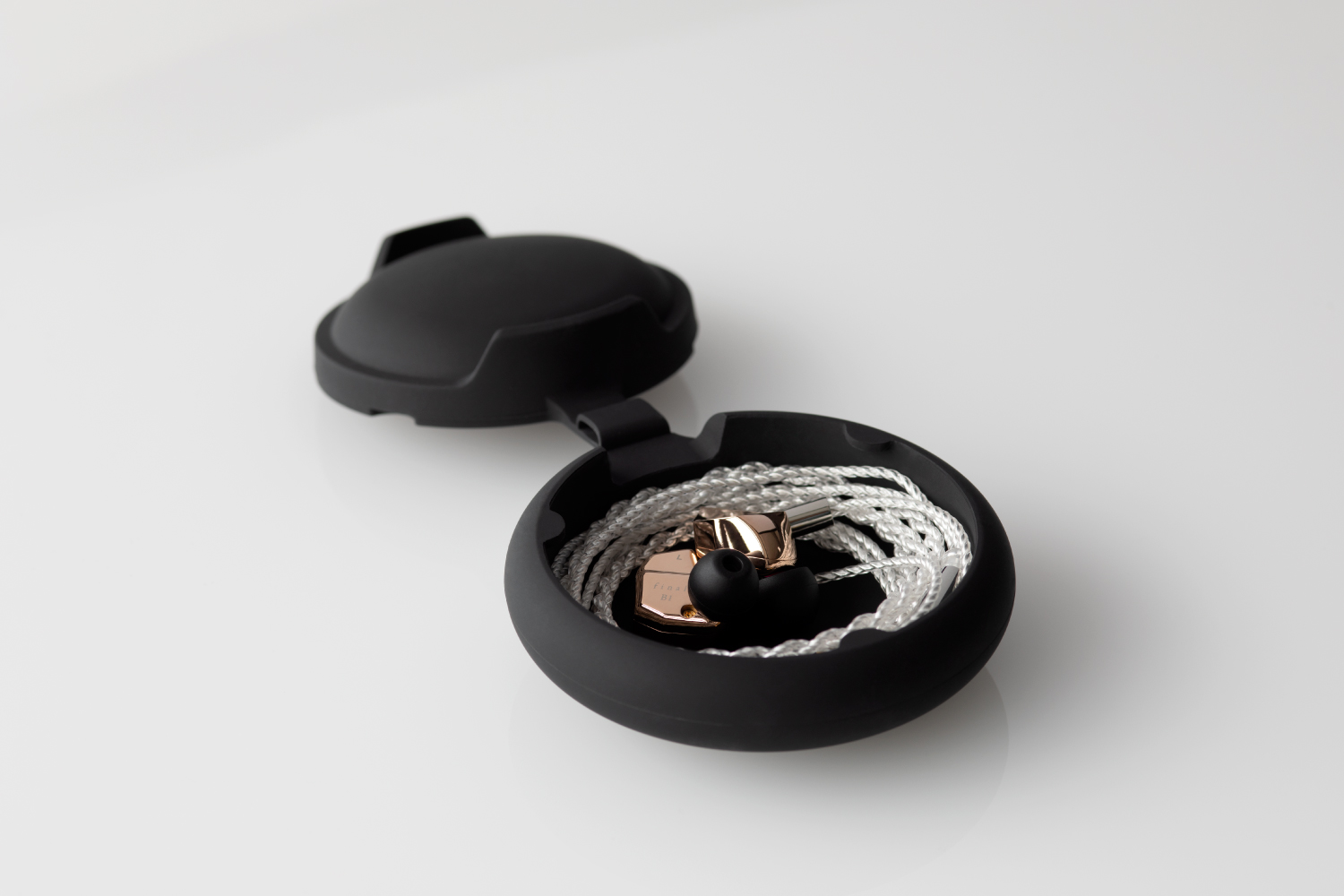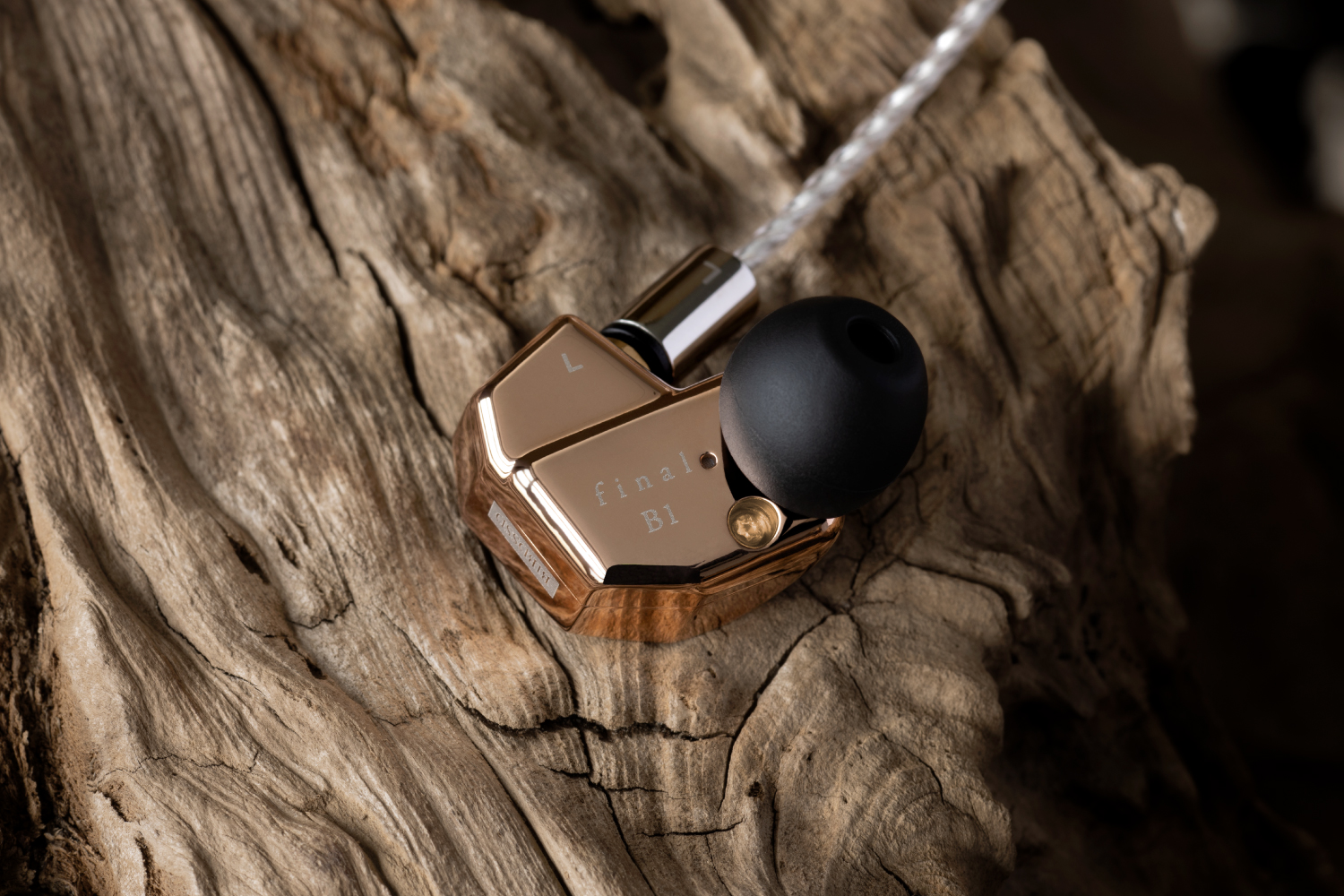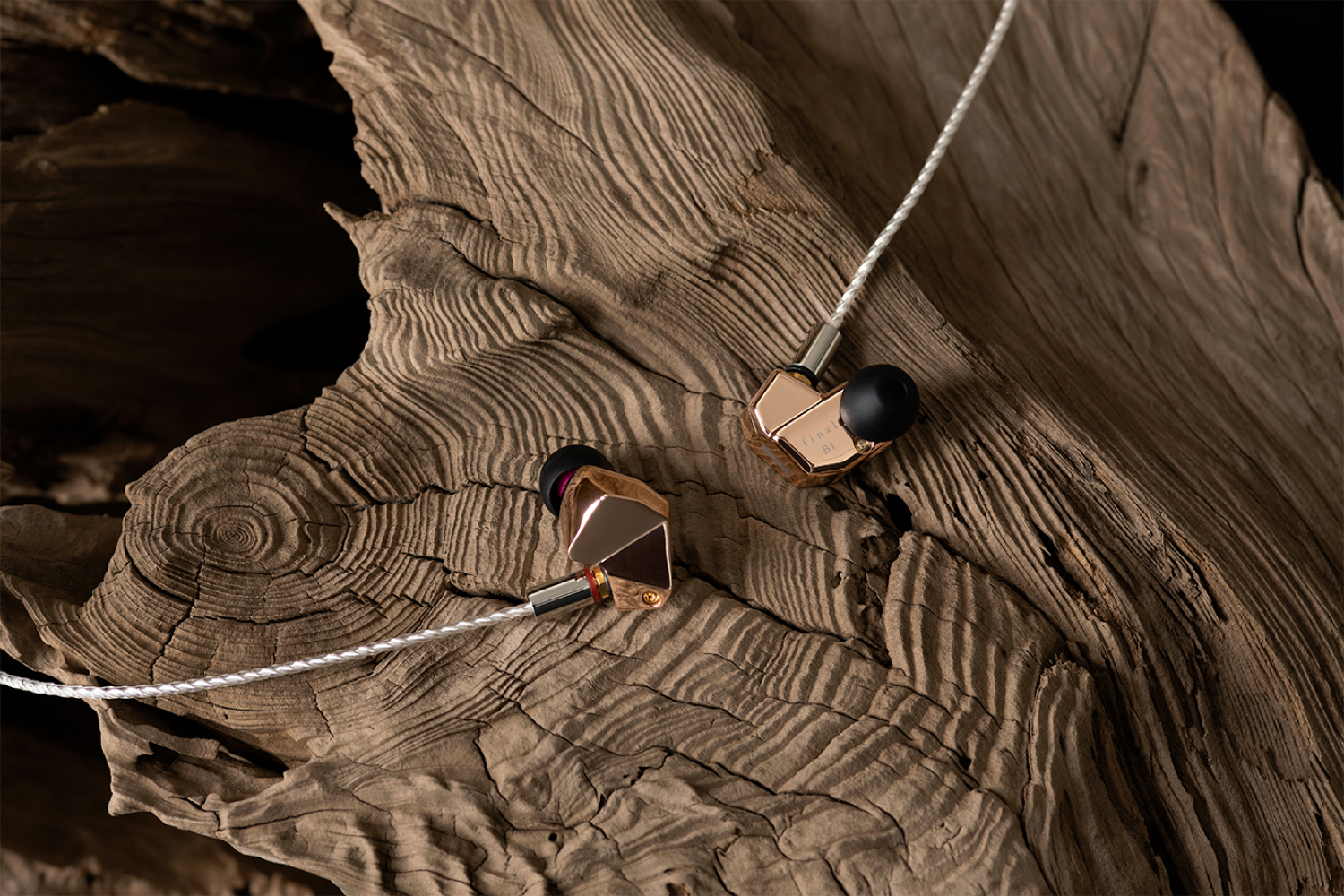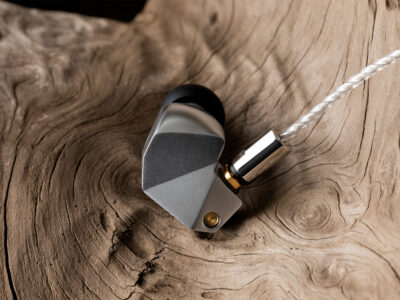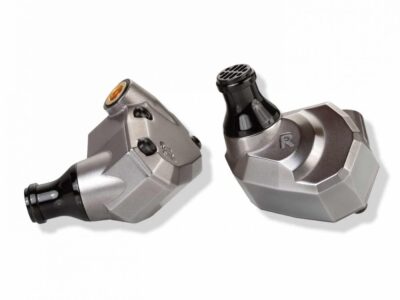Description
B1
between spatial impression and dynamic range of music,
and physical characteristics of earphones and headphones.
Clarity of vocals and each musical instrument is extremely high,
overwhelming presence and feeling of
liveliness as if standing in the center of a live stage.
sound as created by the engineer.

Life style
2019, Japan
We have categorized sound creation on music recording onto these two axes: spatial impression and
dynamic range.
One way of thinking regards the distance perception. Classical and jazz recordings are thought to be performed with emphasis on aspects of spaciousness, such as sense of distance, broadness and reverberation. On the other hand, rock, pops and many of the recent animation soundtrack recordings, spaciousness is not as highly emphasized. There is thought to be greater emphasis on clarity, which brings the various instruments and vocals to the front.
Another approach is dynamic range – in other words, changes in loudness over time. If the dynamic range is wide, naturally it is possible to use the change in loudness over time to achieve a more dynamic expression of music. But, there are some types of music for which narrower dynamic range recordings are preferable to allow each of the instruments and vocals to ordinarily appear before the listener’s eyes.
The difference between these two ways of thinking pertains not to which is superior but rather differences in how music is composed and what is demanded of it. With regard to classical music, and that played by orchestra in particular, the spatial orientation of instruments is particularly important. Stringed instruments are positioned nearest to the audience with wind and percussion placed behind them. Should the balance between the spatial orientation and volume of each group of instruments collapse, the music would disintegrate. For that reason, uniform clarity of sound that allows each instrument to appear before the eyes of the listener is not demanded of this type of music. Even for classical music, a string quartet, for example, would have a narrow dynamic range and the clarity of each instrument would be more prominent. For rock and pops on the other hand, spaciousness is not as necessary as for classical music, and so there is greater emphasis on clarity than spaciousness.
These preconditions are very important, particularly for earphone and headphone listening, and it has become apparent that the implementation of appropriate target curves and driver design result in deeper enjoyment
of music.
Please refer to the below graph with spaciousness and clarity of music set on the X axis and dynamic range set on the Y axis. Whereas our E3000 model was designed with aim at the very center of the graph, the B series is positioned outside that area.
In other words, in comparison to the E series, the B series is positioned more as a model to listen to a specific type of music, and you might become so enthralled with it that you can’t do without it. This attraction is typical of the products we produce.
B1 is a model designed with particular emphasis on proximity of sound and sense of reality. In music represented by animation soundtracks, recordings make the proximity of sound more conspicuous. For this type of music recording, the B1 has been designed to achieve playback more consistent with the balance of sound as created by the engineer.
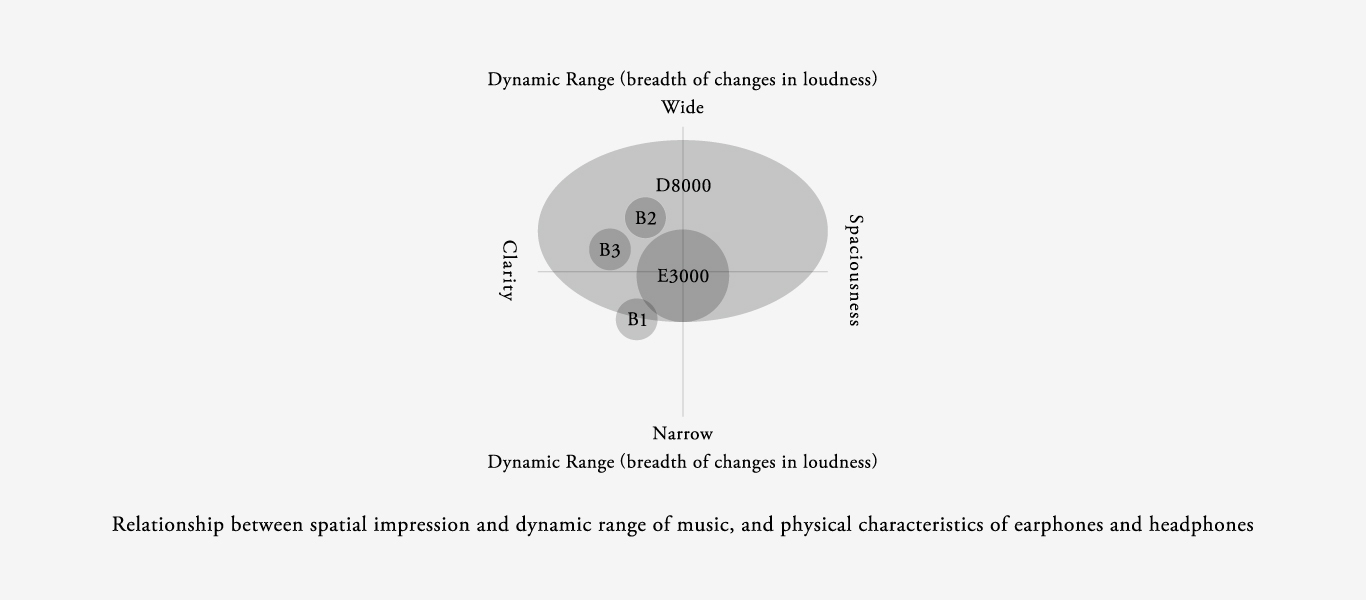
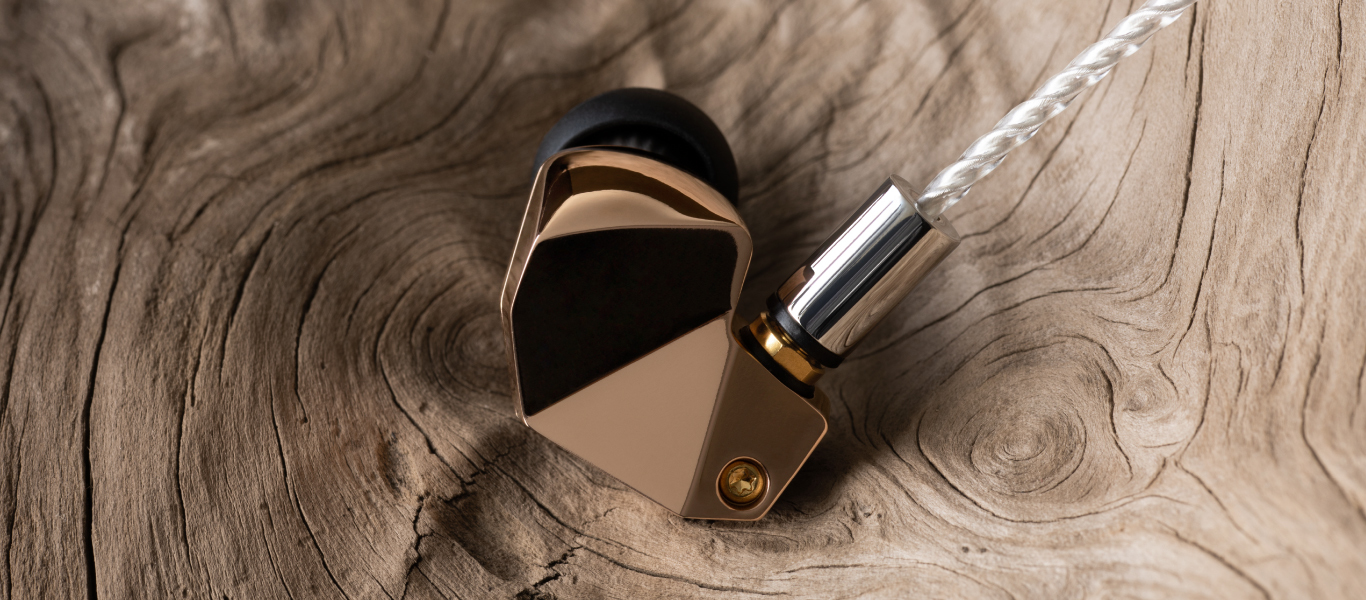
As a result of having newly returned to the basics with regard to our thinking about fit with little sense of pressure, we have arrived at a way of thinking that involves 2 holding positions and 1 assisting position so as to not slip out.
Much the same as a tripod, a stable fit can be secured for any chassis with 3 holding positions.
In the green section of the diagram below (earpiece) is 1 position, the blue section (Tragus) is 1 position, and the pink colored section (cavity of the concha) is 1 position for a total of 3 positions. The tragus secures an earphone with an earpiece in such a way that makes it difficult to feel stress even when force is applied, and the pink section adopts a fit method in which the earphone is supported in place by the cavity of concha in such a manner as to not slip out. By clearly identifying the points of contact, more people’s ears can conform to a fit with no sense of pressure.
If there is no sense of pressure, the fit of the earphone will be felt to be that much more comfortable, and in this way, it achieves the superior fit of a seemingly customized earphone.
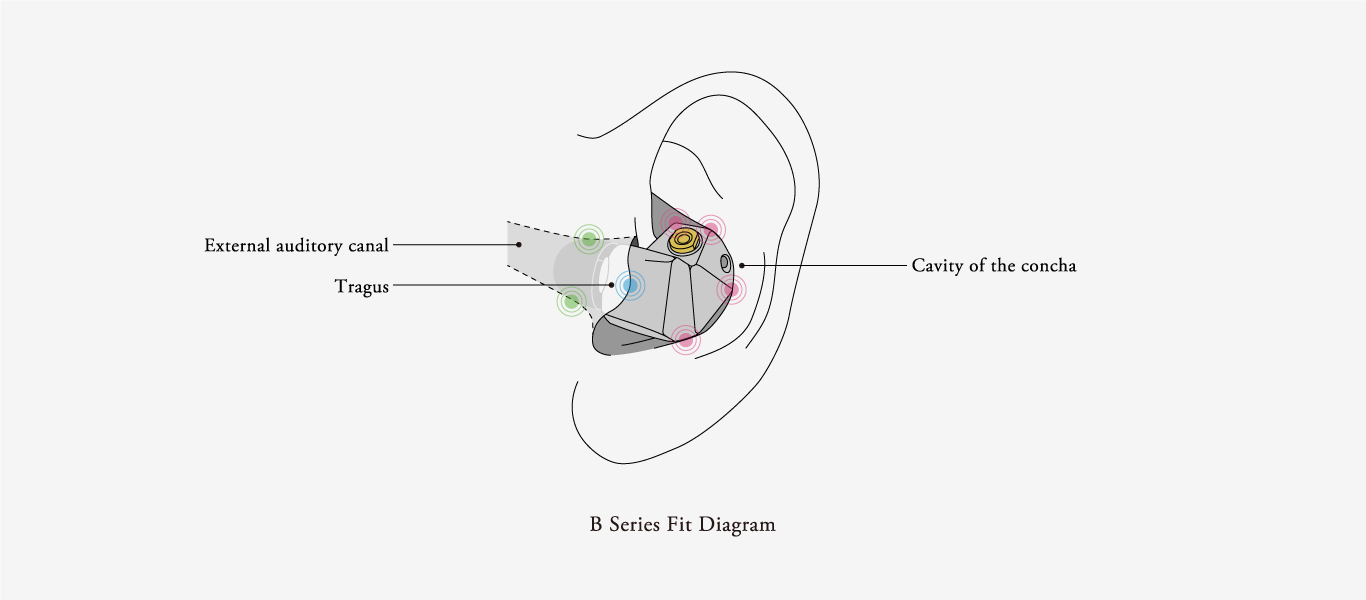
There is a high degree of freedom in molding the resin into the same shape as the cast, making it possible to achieve a complex internal design even with metal.
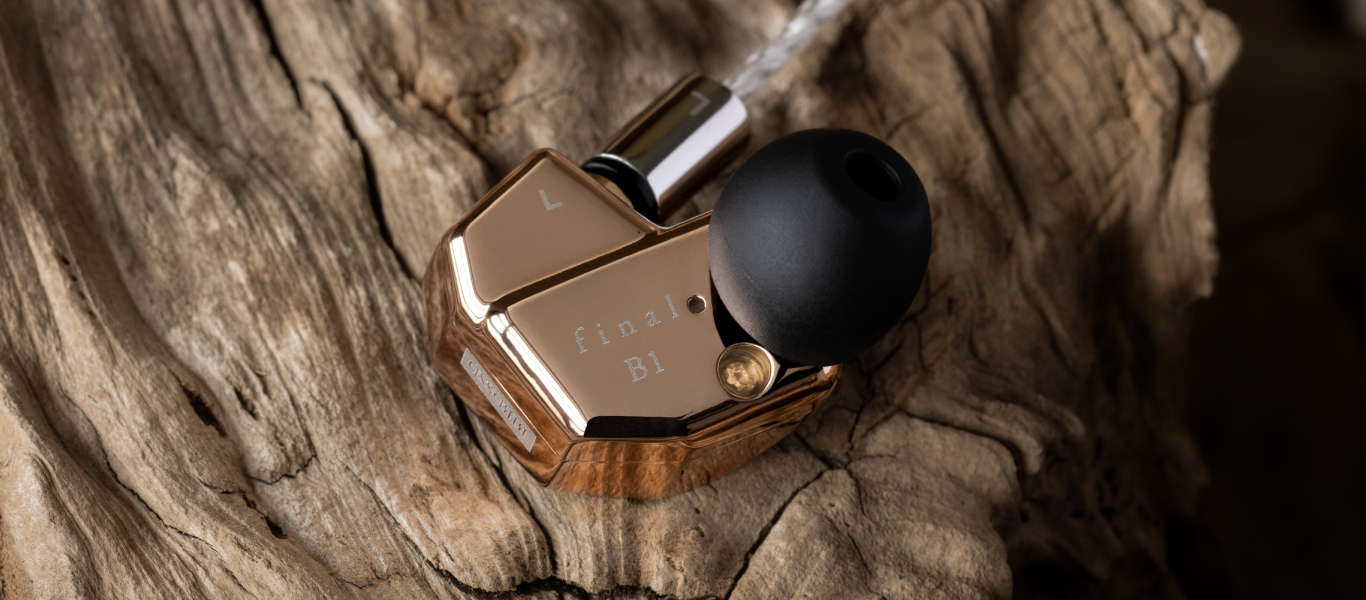
* Junkosha: The Japanese corporation Junkosha develops and manufactures products such as high speed coaxial cables that boast the world’s fastest transmission speed at 95% the speed of light, as well as cables for demanding fields such as marine and aerospace, healthcare and power generation facilities. These special cables require a high level of technology and center around fluoropolymers. Junkosha’s cables are often called by the brand name JUNFLON® and have earned the tremendous trust of engineers requiring
special-purpose cables.
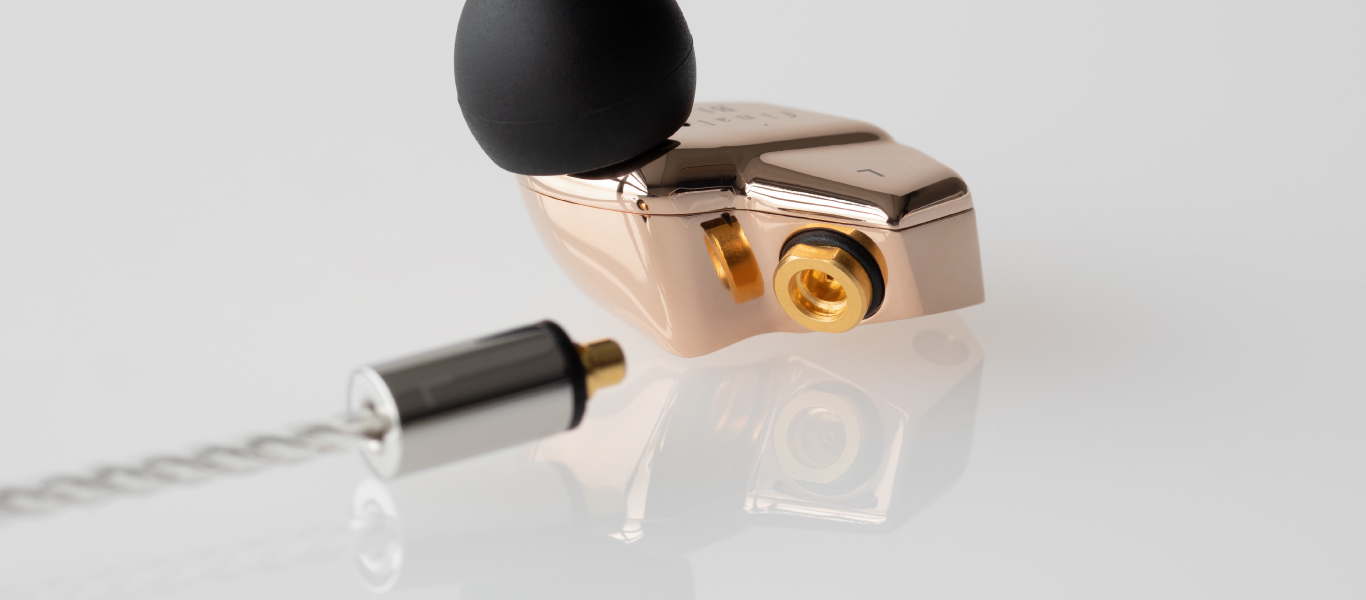
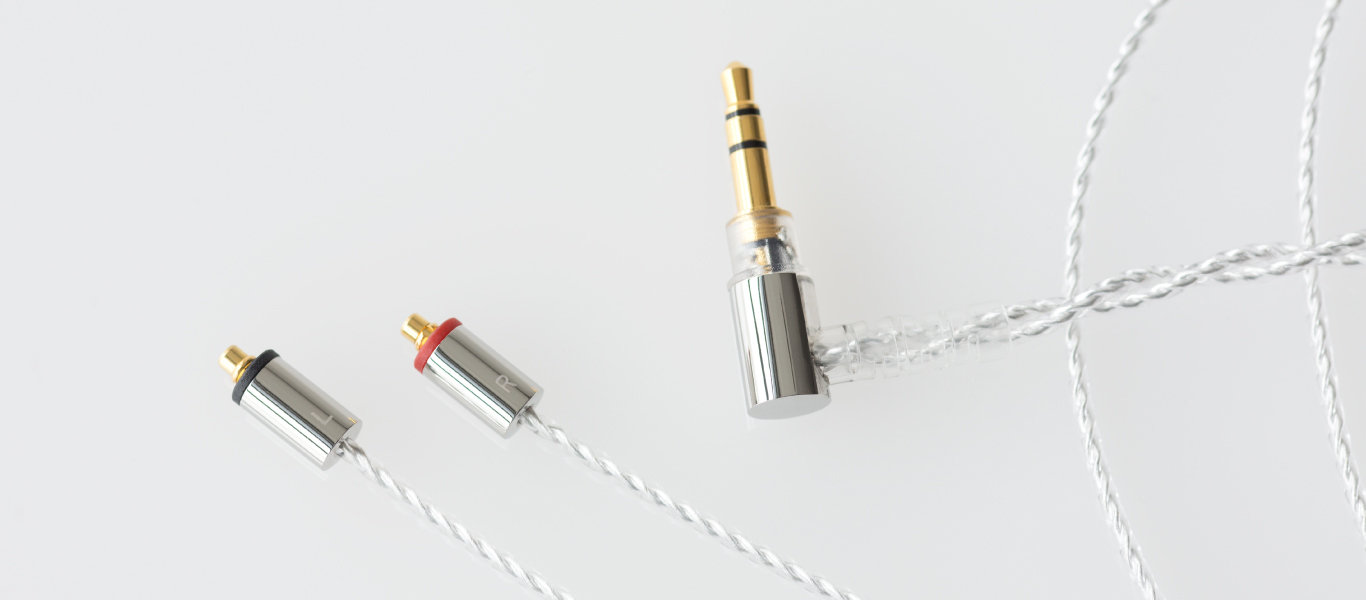
One of the bushes is gray, while the other is red; by pulling the earpiece back slightly to check the color of the bush, it is easy to distinguish between left and right, even in places with subdued lighting. Since the bush colors of neighboring sizes are different (the gray bushes alternate between dark and light gray; the red bushes alternate between red and pink), it is also easy to distinguish between sizes.
Comes in 5 sizes – SS/S/M/L/LL
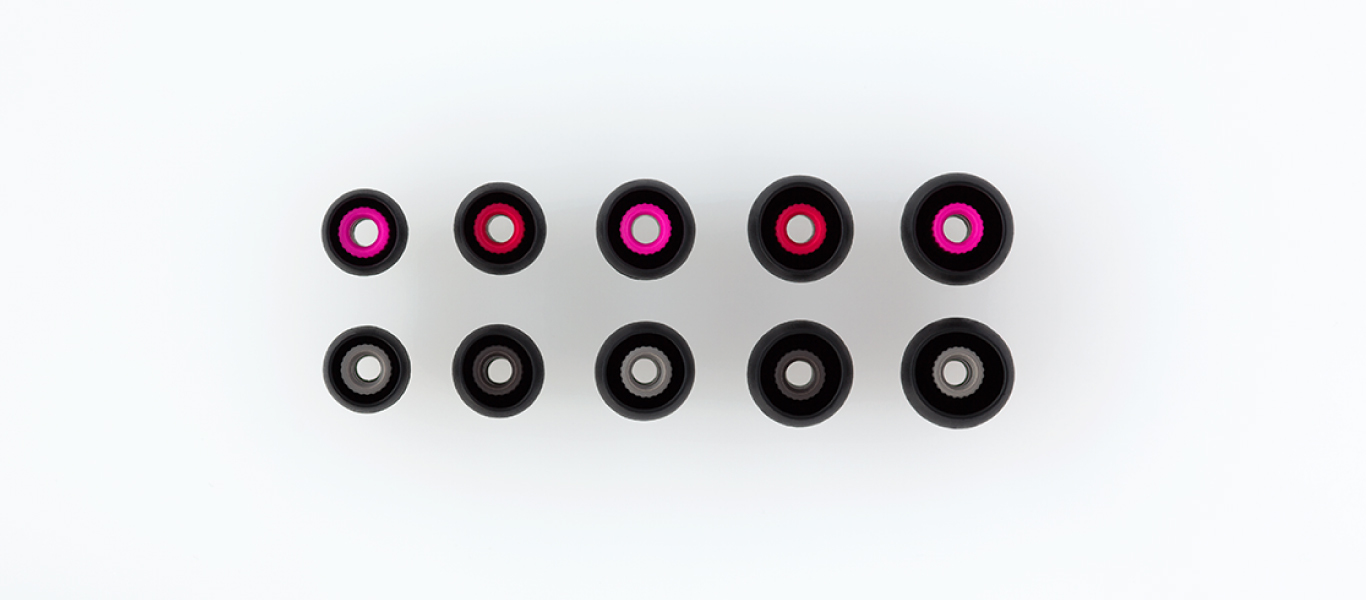
Cable noise – the unpleasant noise that occurs when the cable touches the user’s body when they are walking – is dramatically reduced.
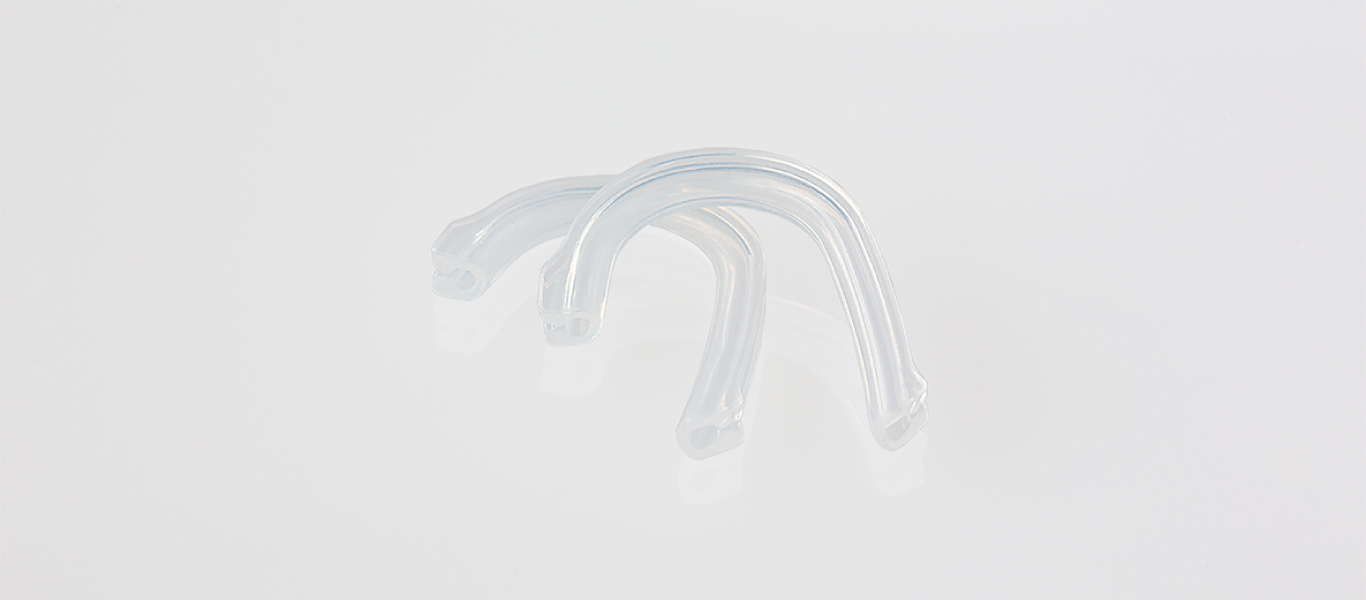

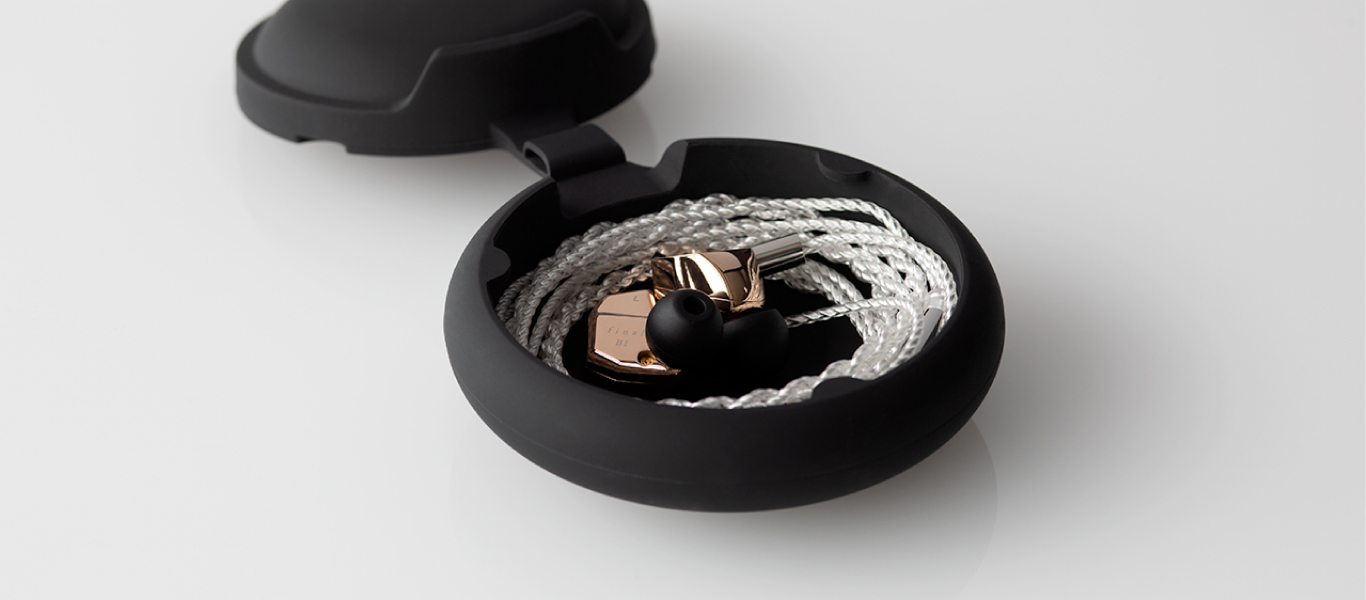
- Product code
- FI-B1BDSSD
- Housing
- Stainless steel mirror-finished (Rose Gold)
- Driver
- 1D+1BA (Networkless)
- Connector
- MMCX
- Cable
- OFC silver coated cable
- Sensitivity
- 94dB
- Impedance
- 13Ω
- Weight
- 36g
- Cord length
- 1.2m
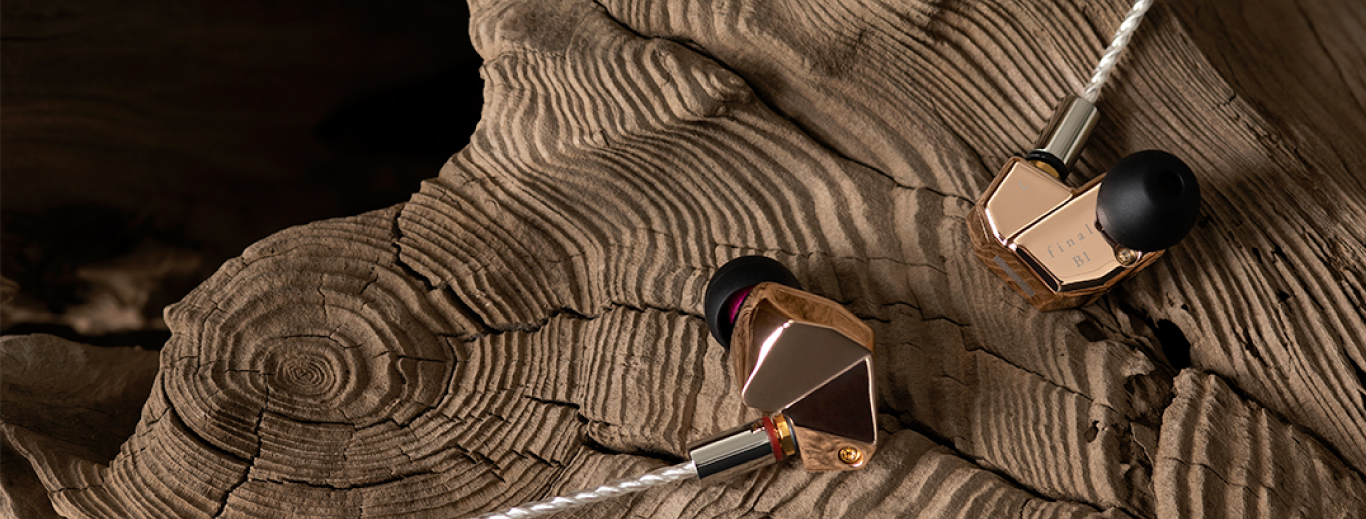
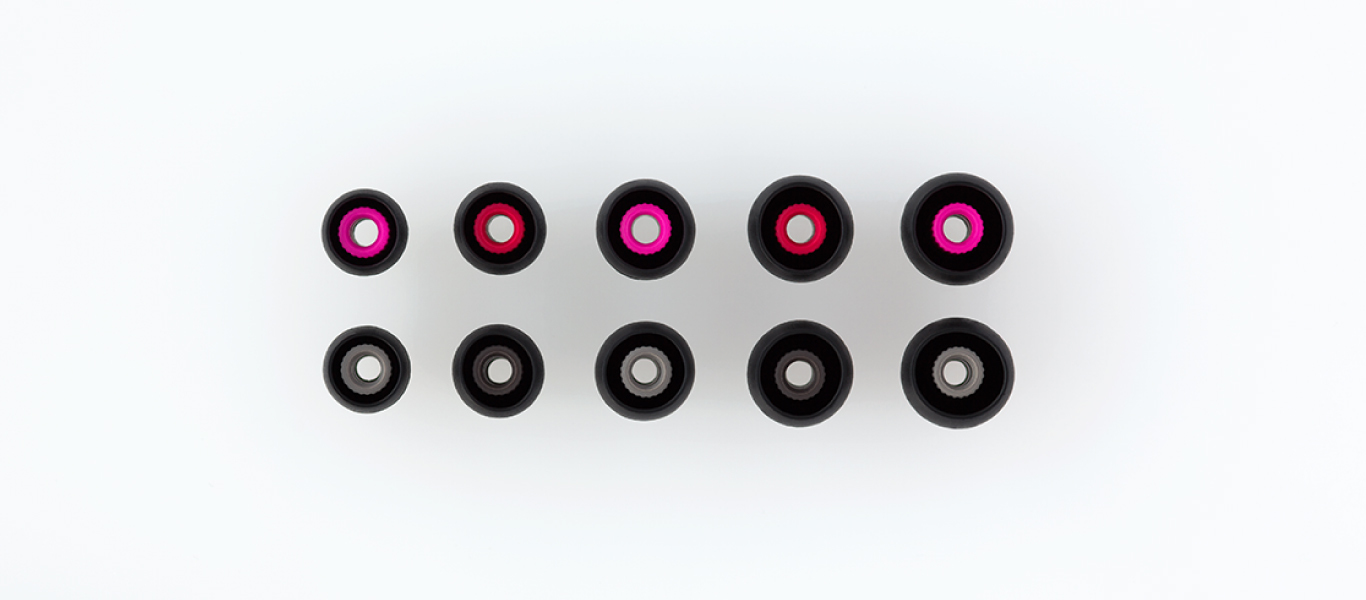
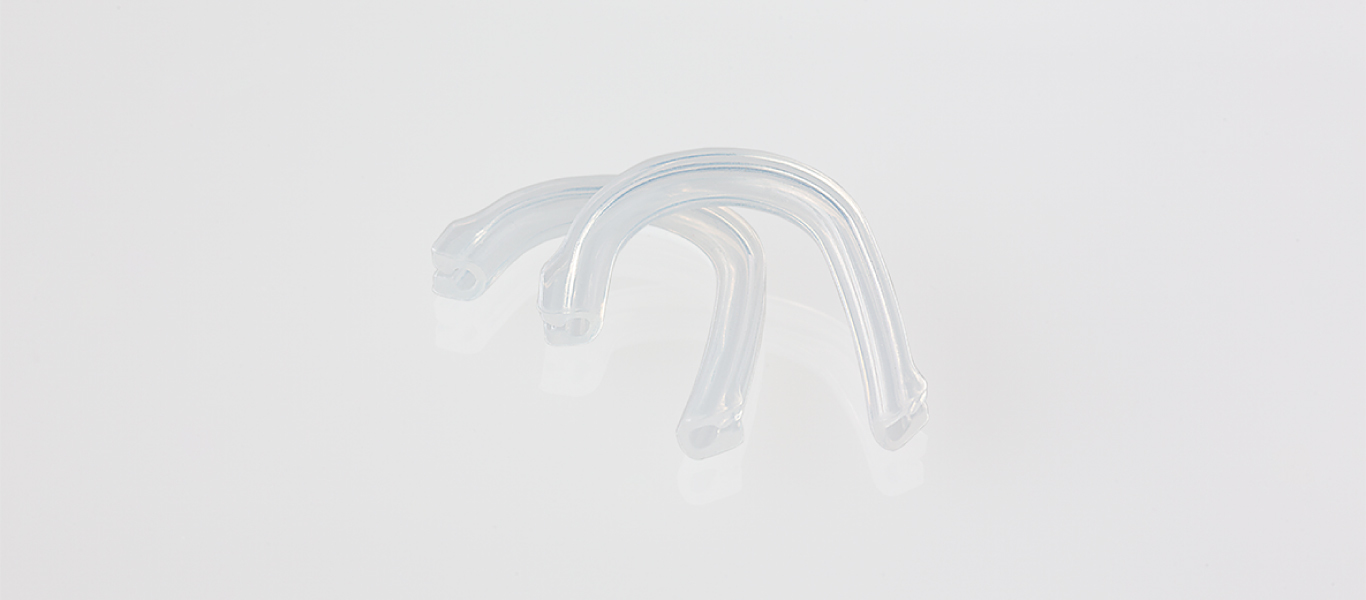
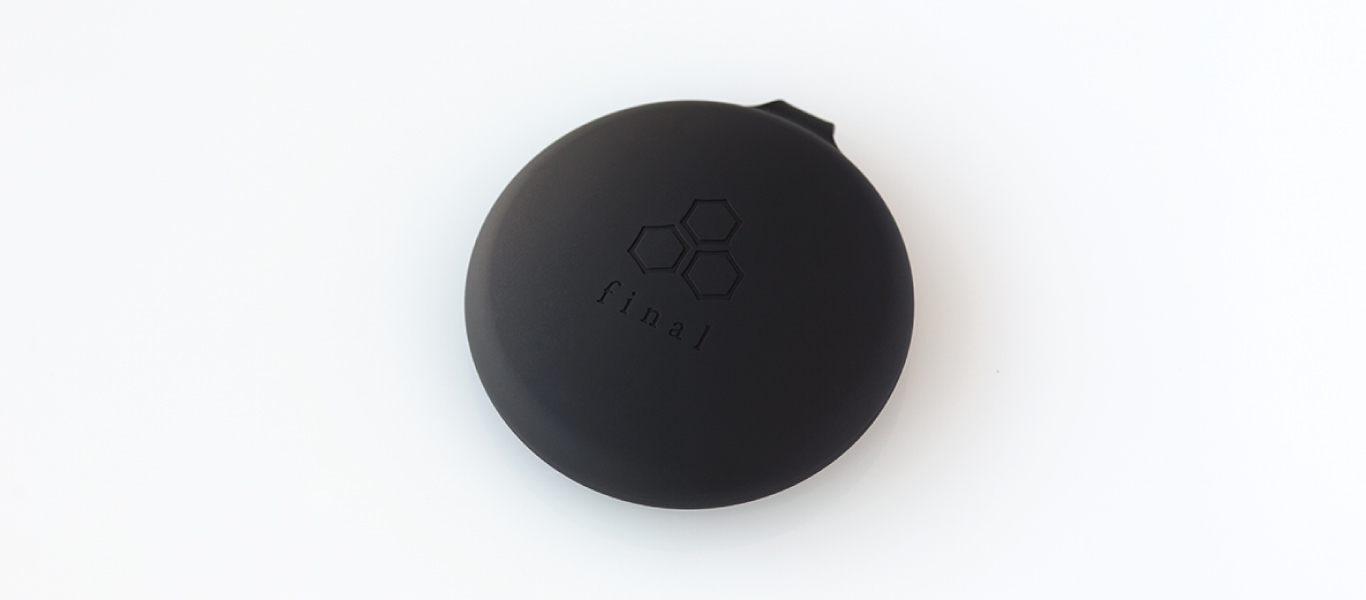
STEP1 Confirm the R and L marks on the inside of the chassis. R is right, and L is left.
STEP2 Run the cable toward the front from behind the ear, and insert the earpiece of
the earphone into the ear.
STEP3 If it is difficult to fit the earphone into the cavity of concha, try to insert the earphone while pulling back and somewhat upward on the ear lobe.
* If the cable does not fit on the back of the ear, please use the ear hook accessory.
* If the fit is too loose, try changing the size of the sleeve. In some cases, the size of the left and right earpieces may be different.

